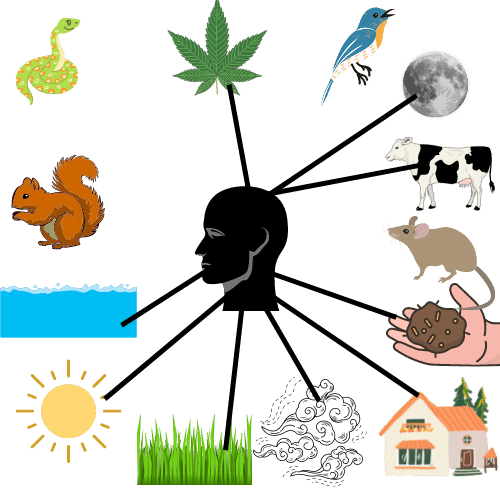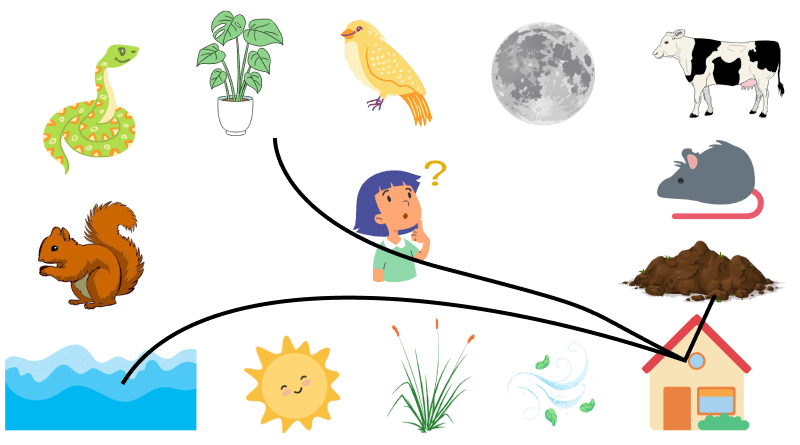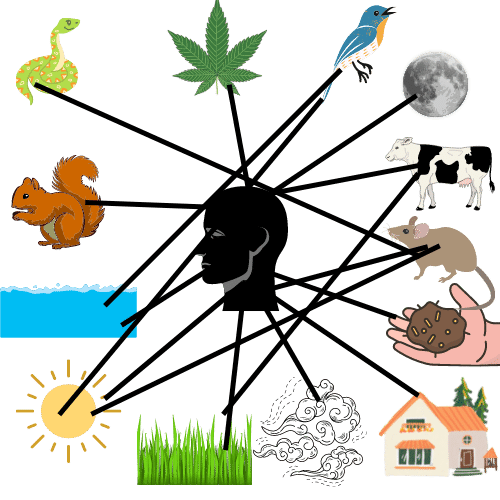Web of Life Revision Notes and Worksheet For Practice and Revision
FAQs on Web of Life Class 3 Notes CBSE EVS Chapter 24 (Free PDF Download)
1. What is the significance of the sun in our lives?
The sun is the only energy source that enables plants to prepare their food. This food is then consumed by animals and human beings. This is how the sun is an important part of the web of life.
2. Is a cow a domestic animal?
A cow is a domestic animal. We rear cows to get milk and other animal products.
3. What is the importance of rats?
Rats dig holes inside the ground and make it fertile. On the other hand, they destroy crops and things stored in our houses. They are preyed on by snakes, cats, and other predators.
4. What is the significance of studying "Web of Life" in Class 3 EVS?
Understanding the "Web of Life" in Class 3 EVS is essential as it teaches us about the interconnected relationships between living beings and their environment. Learning about food chains, ecosystems, and the delicate balance of nature helps us appreciate and contribute to the well-being of our planet.
5. How can I explain the concept of the "Web of Life" to others?
To explain the "Web of Life," use simple examples like how plants provide food for herbivores, which, in turn, are food for carnivores. Emphasize the idea that all living things are connected, and any change in one part of the web can affect the entire ecosystem.



















